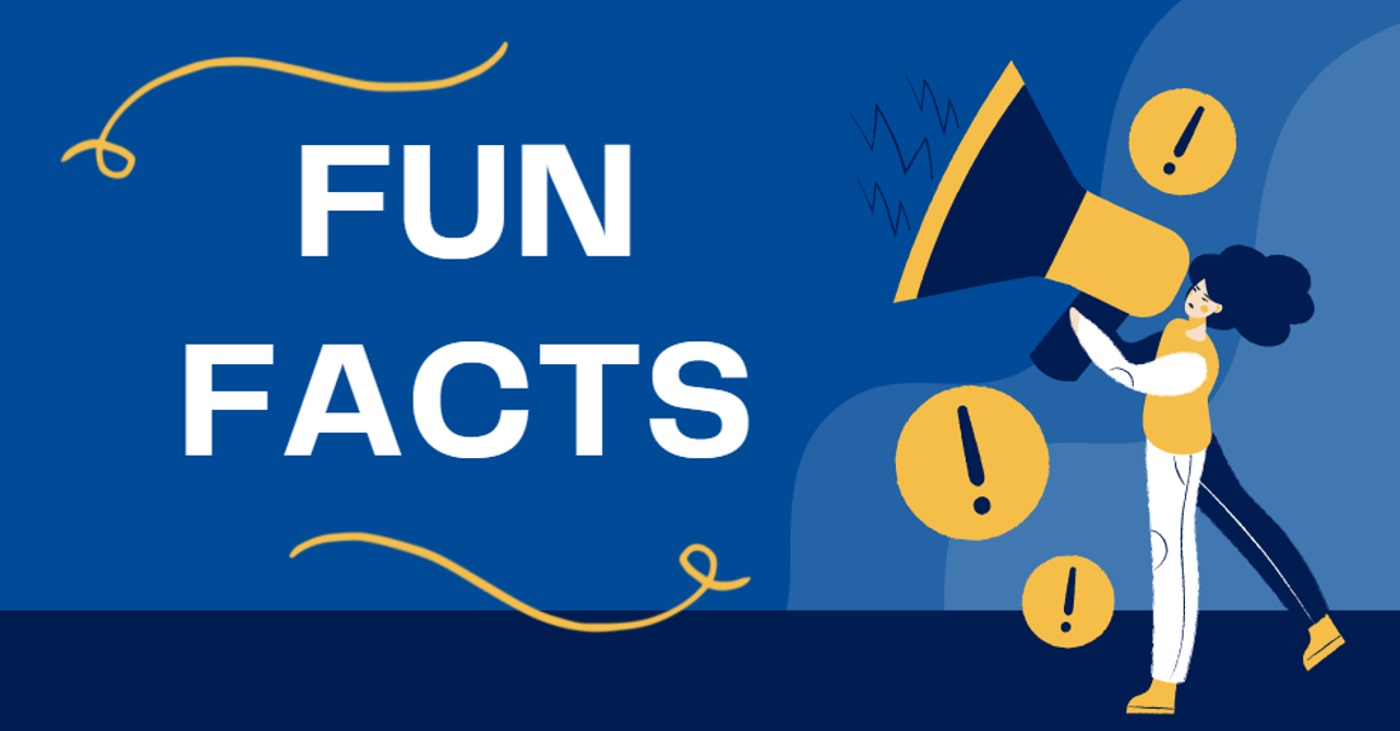Navigating your child’s health can be tough, especially when they’re sick. If your pediatrician, Anita Sabeti, has prescribed cephalexin, an antibiotic, it’s essential that you understand the correct dosage and how to administer the medication safely.
This guide provides a comprehensive overview for parents, but always remember to follow your doctor’s specific instructions.
What Is Cephalexin?
Cephalexin is a powerful antibiotic belonging to a class of drugs called cephalosporins. It works by killing bacteria or preventing their growth, effectively treating common infections such as:
- Ear infections (Otitis Media)
- Strep throat (Pharyngitis)
- Skin and soft tissue infections
- Urinary tract infections
It’s important to remember that cephalexin is not effective against viral infections like the common cold or the flu. For this reason, a doctor will only prescribe it for bacterial infections.
Understanding Pediatric Dosage
A doctor carefully calculates cephalexin dosage for children based on their body weight. This ensures they receive an effective amount of medication without the risk of an overdose.
General Dosage Guidelines
For mild to moderate infections, the typical dosage is 25 to 50 mg per kilogram (kg) of body weight per day. Doctors usually give this in equally divided doses, either every 6 or every 12 hours. However, in more serious cases, your doctor may increase the dosage to 50 to 100 mg/kg per day, also divided into multiple doses.
Example
For instance, a 20 kg child with a mild infection might receive a daily dose of 500 mg (25 mg/kg x 20 kg). You could then split this into a 250 mg oral dose every 12 hours.
Pediatric Dosage Reference Chart
The following chart provides general dosage guidelines based on the type of infection. Therefore, your doctor will provide the exact dosage for your child.
| Condition | Pediatric Dosage (mg/kg/day) | Dosing Frequency |
| Otitis Media | 75 to 100 mg/kg | Divided into 4 doses (every 6 hours) |
| Pharyngitis (Strep Throat) | 25 to 50 mg/kg | Divided into 2 doses (every 12 hours) |
| Skin/Soft Tissue Infection | 25 to 50 mg/kg | Divided into 2 doses (every 12 hours) |
| Upper Respiratory Tract Infection (mild-moderate) | 25 to 50 mg/kg | Divided into 2-4 doses |
| Upper Respiratory Tract Infection (severe) | 50 to 100 mg/kg | Divided into 2-4 doses |
| Endocarditis Prophylaxis | 50 mg/kg | Single dose 30-60 minutes before a procedure |
Frequently Asked Questions
Cephalexin treats bacterial infections in various parts of the body, including the ears, throat, skin, and urinary tract. It is not effective against viruses.
You usually take this oral medicine with a full glass of water. You can also take it with or without food. Follow your doctor’s instructions for the specific timing and frequency.
Give the missed dose as soon as you remember. However, if it is almost time for the next dose, skip the missed dose and resume your regular schedule. Do not double the dose to catch up.
The most common side effect is diarrhea. In addition, other possible side effects include nausea, vomiting, stomach pain, and dizziness.
You should contact your doctor immediately if your child experiences a severe rash, hives, blistering or peeling skin, difficulty breathing, or yellowing of the eyes or skin. These could be signs of a serious reaction.
Treatment typically lasts 7 to 14 days, but it depends on the type and severity of the infection. Always complete the full course as prescribed by your doctor.
Tell your doctor about all other medications your child is taking to avoid potential drug interactions. This includes over-the-counter medicines, vitamins, and herbal supplements.
Your Child’s Health Is Our Priority
Understanding the correct cephalexin dosage is essential for a successful outcome. Always consult your healthcare provider to determine the precise dosage for your child’s specific needs.




